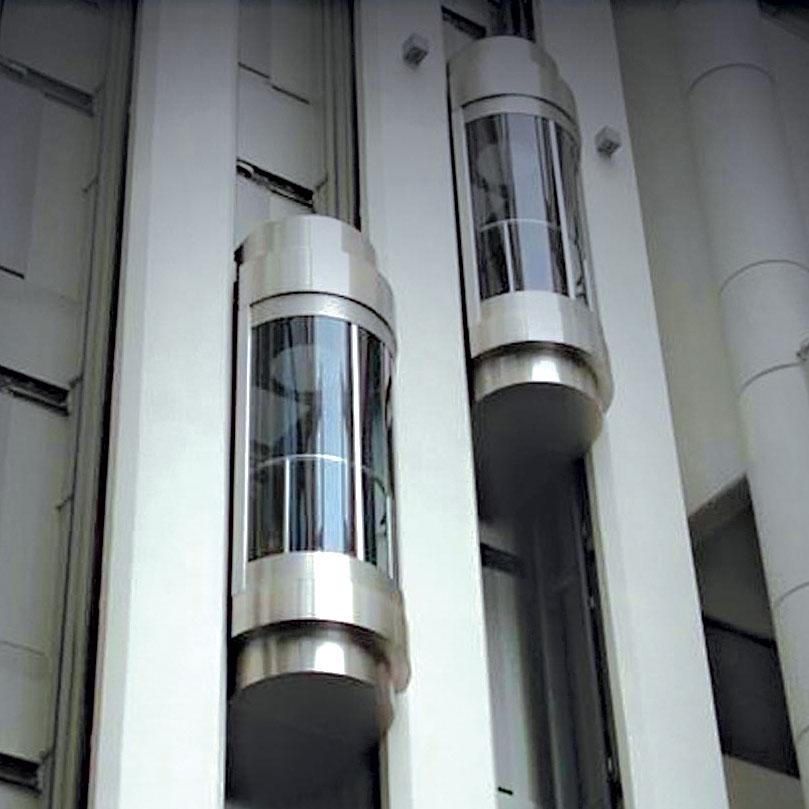Exploring the Globe of Elevators: Common Problems Encountered by Numerous Lift Mechanisms
As we navigate via the upright transport systems of contemporary buildings, lifts stand apart as an indispensable part of our lives. However, behind their seamless procedure lies a globe of detailed systems that can sometimes come across difficulties. From hydraulic elevators to grip systems and machine-room-less designs, each lift kind features its collection of usual problems. Recognizing these challenges is critical for making sure the smooth functioning of these crucial systems. Allow's check out the intricacies that underlie the operation of elevators and the prospective problems that can develop, losing light on the elaborate web of lift devices.
Hydraulic Elevators
Hydraulic elevators, usually preferred for low-rise buildings, make use of fluid pressure to control the movement of the elevator auto (lift repair companies). This mechanism entails a hydraulic pump pressing oil right into a cyndrical tube, causing the lift to relocate in the desired instructions. While hydraulic elevators are known for their smooth and quiet operation, they do feature their very own collection of common problems
One prevalent issue with hydraulic elevators is oil leak. In addition, concerns with the control system, such as defective shutoffs or a malfunctioning pump, can trigger interruptions in the elevator's activity.
Regular upkeep and timely repair services are necessary to ensure the smooth performance of hydraulic elevators. By dealing with these usual issues proactively, building proprietors can minimize downtime and ensure the safety and security and effectiveness of their vertical transport system.
Grip Elevators
When taking into consideration upright transportation systems in buildings, an additional typical kind besides hydraulic elevators is the traction lift. Traction elevators operate using a system of ropes and counterweights that move the lift vehicle by clutching onto the hoist ropes. This device enables smoother and quicker upright transport compared to hydraulic systems.
One of the typical problems dealt with by grip elevators is rope wear. The constant movement of the ropes within the grip system can lead to tear and use over time, potentially triggering the elevator to breakdown or end up being harmful for use. Normal inspections and upkeep of the ropes are necessary to make certain the lift's appropriate performance and security.
An additional issue that traction lifts might run into is related to the control system. Problems with the control system can cause concerns such as unpredictable activity, hold-ups in feedback times, and even total shutdowns. Normal screening and maintenance of the control system are vital to avoid such concerns and guarantee the lift's reliability.
Machine-Room-Less (MRL) Lifts

One of the key components of MRL lifts is the portable gearless grip maker Full Article that is installed within the hoistway. This equipment efficiently drives the elevator auto without the requirement for large devices located in typical grip lifts. Additionally, MRL elevators typically utilize a counterweight system to stabilize the automobile, further improving their power effectiveness.
In spite of their advantages, MRL lifts may encounter difficulties connected to maintenance and fixing as a result of the constrained room for equipment setup. Accessibility for servicing components within the shaft can be limited, needing specialized training for service technicians. Correct upkeep schedules and routine evaluations are essential to guarantee the ongoing smooth procedure of MRL elevators.
Overloading and Weight Limit Issues
Overloading and weight limitation issues are important issues in lift operations. Elevator makers layout raises with details weight capacities to ensure traveler safety and security and devices longevity.
When lifts are overloaded, it places extreme strain on the electric motor, cable televisions, and various other parts, potentially creating malfunctions or breakdowns. Safety systems such look at this web-site as sensors and overload sensors are in place to avoid elevators from relocating if they detect excess weight. Furthermore, exceeding weight limits can cause increased energy usage and wear and tear on the lift system.
To minimize straining problems, constructing supervisors must plainly present weight limitations in lifts and inform residents on the relevance of sticking to these limitations - lift repair companies. Regular maintenance checks by qualified specialists can additionally assist guarantee that elevators are running within secure weight specifications. By addressing overloading and weight limit concerns proactively, building proprietors can enhance lift security and efficiency
Electrical System Failings
Surpassing weight limits in lifts can not just lead to mechanical concerns however also possibly add to electrical system failings within the lift infrastructure. Electric system failings are an important problem in lift procedure, as they can cause unexpected shutdowns, malfunctions, or also safety and security risks.
Moreover, power surges or changes in the electric supply can additionally interfere with the elevator's procedure, affecting its efficiency and safety and security. These electric disruptions can harm delicate lift components such as control board, circuit boards, or sensing units, causing system failures. Normal upkeep and assessments are important to determine and resolve potential electric problems promptly, ensuring the efficient and safe operation of lift systems. By adhering to weight restrictions and conducting routine electrical system checks, building owners can mitigate the risk of electric failures in elevators.
Verdict

Hydraulic elevators, often chosen for low-rise buildings, make use of fluid stress to regulate the activity of the lift vehicle.When thinking about upright transportation systems in structures, one more usual kind apart from hydraulic lifts is the traction elevator. Grip lifts operate making use of a system of ropes and weights that move the elevator vehicle by grasping onto the hoist ropes. Unlike standard lifts that need a different device room to original site house the devices, MRL elevators integrate many of the parts within the shaft, removing the requirement for a committed machine space.In final thought, elevators deal with typical concerns such as hydraulic breakdowns, traction system failures, and electrical system issues.